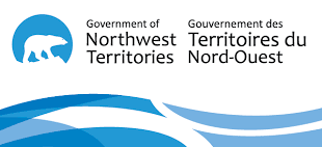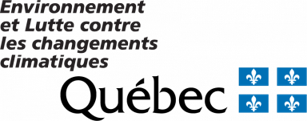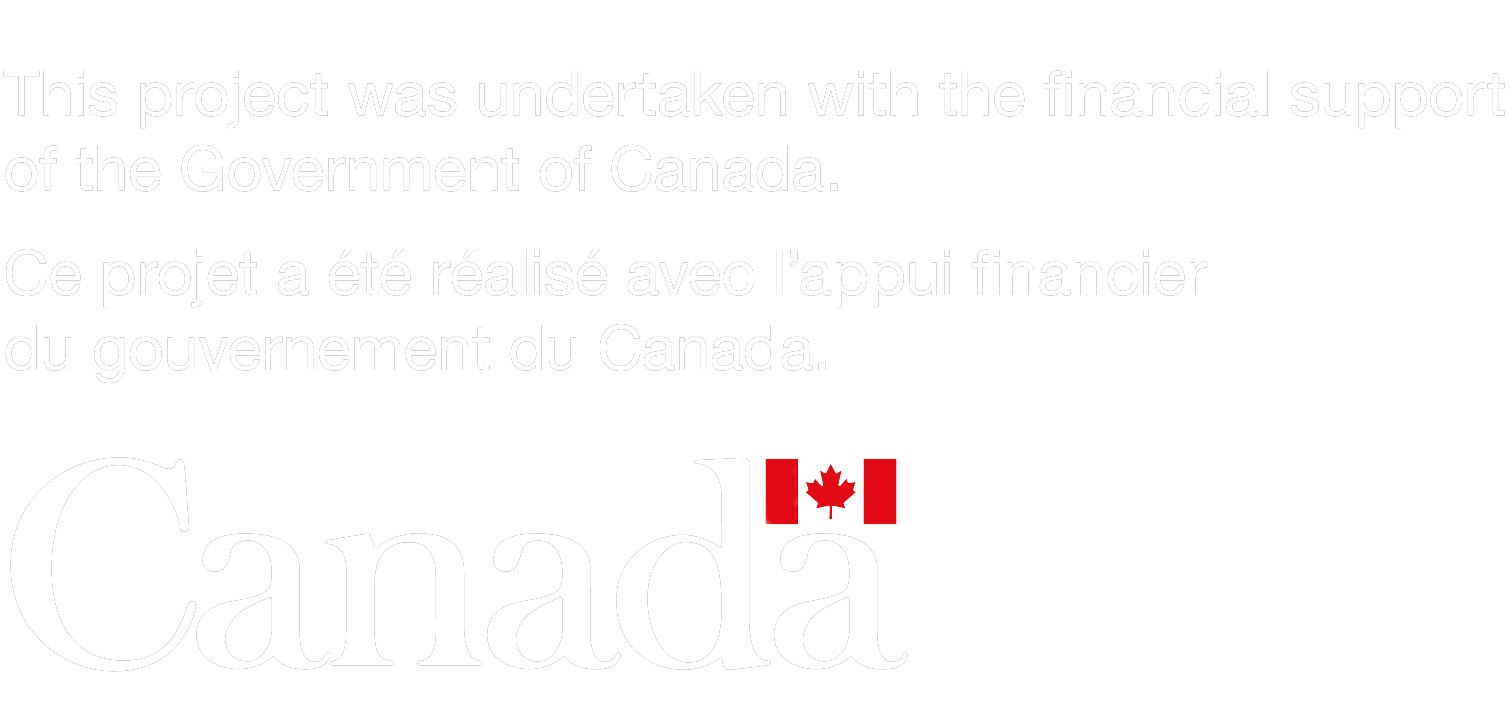Title: Quantifying the spatial variability of melting seasonal ground ice and its influence on potential evapotranspiration spatial variability in a boreal peatland
Citation: The data that support the findings of this study are available from the corresponding author upon reasonable request.
Study Site: south of Fort McMurray, Alberta
Purpose: Melting seasonal ground ice (SGI) in western Boreal Plains (WBP) peatlands can reduce the available energy at the surface by reducing potential evapotranspiration (PET). PET often exceeds annual precipitation in the WBP. Including this effect in hydrological models may be important in assessing water deficits. However, SGI melt and the timing of ice-free conditions vary spatially, which suggests PET spatial variability could be influenced by SGI. Understanding this potential linkage can help improve site scale PET in peatland hydrological models. The objectives of this paper were (a) to quantify the effect of ice thickness and melt rate on peatland PET; (b) quantify the spatial variability of SGI thickness and melt rate across spatial scales; and (c) assess how/if spatial variability in SGI thickness/melt rate affects site scale PET.
Abstract: Micrometeorological variables, ET, Seasonal ground ice survey for a boreal peatland south of Fort McMurray, Alberta, data collected from May 2017 to May 2018
Supplemental Information Summary:
Research: Boreal Water Futures
Further Info: Van Huizen, B., & Petrone, R.M. (2020). Quantifying the spatial variability of melting seasonal ground ice and its influence on potential evapotranspiration spatial variability in a boreal peatland. Hydrological Processes: https://doi.org/10.1002/hyp.13840
Status: Complete
Keywords:
peat properties,
meteorology,
hydrology,
seasonal ground ice,
evapotranspiration,
fen,
Geographical coordinates: North: 56.375100, South: 56.375100 East: -111.234247 West: -111.234247
Bounding Temporal Extent: Start Date: 2017-05-01, End
Date: 2018-05-31













